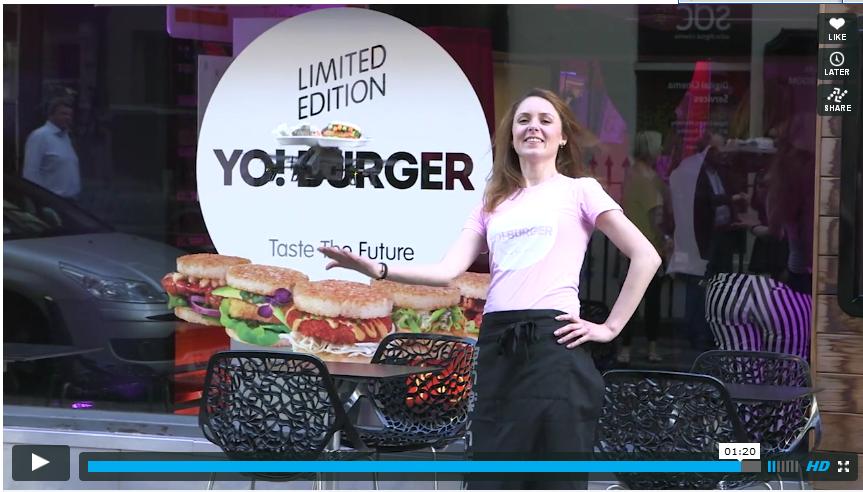Stretching for over three miles along the white sandy beach on Germany's Baltic Sea island of Ruegen, lies the world’s biggest hotel with 10,000 bedrooms all facing the sea. But for 70 years since it was built, no holiday maker has ever stayed there. This is hotel Prora, a massive building complex built between 1936 and 1939 by the Nazis as part of their "Strength through Joy" ("Kraft durch Freude," KdF) programme. The aim was to provide leisure activities for German workers and spread Nazi propaganda. Locals call Prora the Colossus because of its monumental structure.
Prora lies on an extensive bay between the Sassnitz and Binz regions, known as the Prorer Wiek, on the narrow heath (the Prora) which separates the lagoon of the Großer Jasmunder Bodden from the Baltic Sea. The complex consist of eight identical buildings that extend over a length of 4.5 kilometres and are roughly 150 metres from the beach. A workforce of 9,000 took three years to build it, starting in 1936, and the Nazis had long-term plans for four identical resorts, all with cinema, festival halls, swimming pools and a jetty where Strength Through Joy cruise ships would dock.

Hitler's plans for Prora were ambitious. He wanted a gigantic sea resort, the "most mighty and large one to ever have existed", holding 20,000 beds. All rooms were planned to overlook the sea, while corridors and sanitation are located on the land side. Each room of 5 by 2.5 metres was to have two beds, a wardrobe and a sink. There were communal toilets and showers and ballrooms on each floor. In the middle, a massive building was to be erected that could be converted into a military hospital in case of war. 13 more images after the break...
War, indeed happened, before the building could be completed and Hitler’s priorities changed. He transferred the construction workers to build the V-Weapons plant at Peenemünde instead. During the Allied bombing campaign, many people from Hamburg took refuge in one of the housing blocks, and later refugees from the east of Germany were housed there. By the end of the war, these buildings housed female auxiliary personnel for the Luftwaffe. After the war, Prora was used as a military outpost for the East German army. After German reunification in 1990, part of it was used by the Military Technical School of the Bundeswehr and later to house asylum seekers from the Balkans.
Today, the whole place is still pretty much deserted except for a few blocks that has been repurposed for other uses. In 2011, one block was converted into a 400-bed youth hostel and the plan now is to turn Prora into a modern holiday resort with 300 beds that includes tennis courts and swimming pool and a small shopping center.






























